**Please check our 168福彩综合官方奖号历史查询结果记录数据 and changes**
3000 East Ray Road
Barnone building 6 suite 110
Gilbert, AZ 85296
(480) 404-9699
Mon – Thurs: 11:00am – 10:00pm
Fri – Sat: 11:00am – 11:00pm
Sunday: 11:00am – 9:00pm
OPEN FOR DINE-IN
**Please check our 168福彩综合官方奖号历史查询结果记录数据 and changes**
5030 East Ray Road, J5
Phoenix, AZ 85044
Tues – Thurs: 3:00pm – 10:00pm
Fri – Sat: 2:00pm – 10:00pm
Sun: 2:00pm – 8:00pm
OPEN FOR DINE-IN
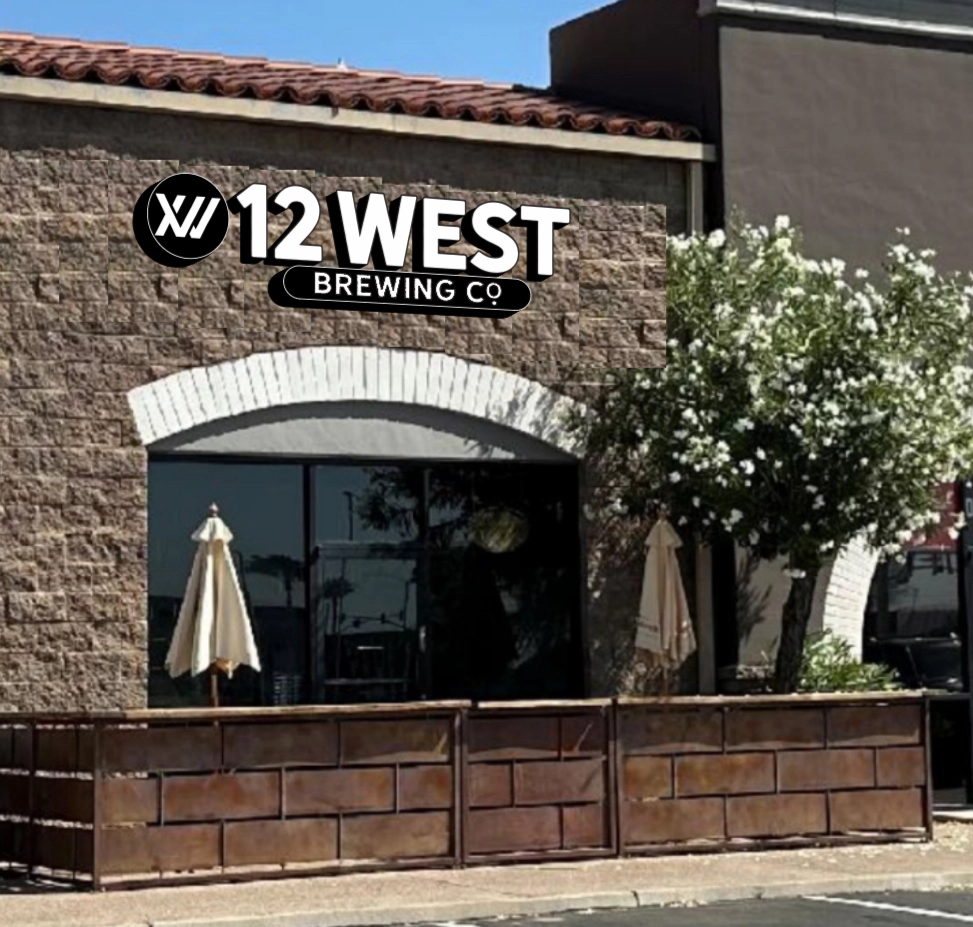
12 West Main
Mesa, AZ 85201
(480) 508-7018
Mon: CLOSED
Tues – Thurs: 11:00am – 9:00pm
Fri – Sat: 11:00am – 11:00am
Sun: 11:00am – 9:00pm
OUR 幸运飞开艇官网168入口-最新号码查询福彩飞行艇综合网-中国网幸运体彩飞艇 BEERS

ZONA
Pilsner. Crisp & Light 4.3% ABV – 16oz 4pack
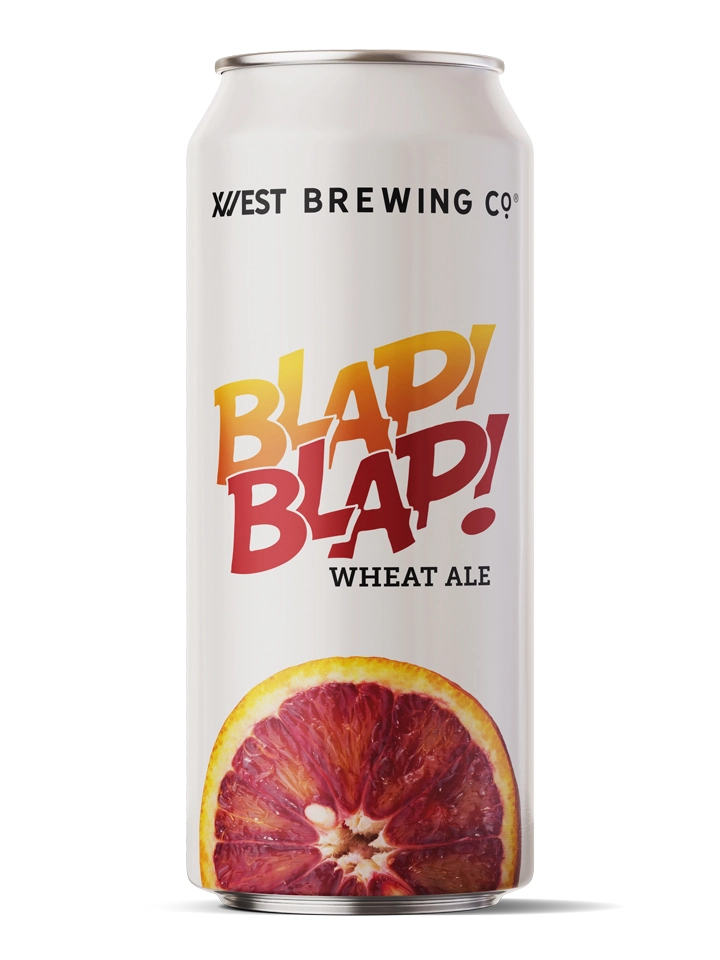
Blap!Blap!
Belgian Wheat 6% ABV – 16oz 4pack

Midnight Run
Coffee Stout with Local Coffee 5.3% ABV – 16oz 4pack

Super Beaker IPA
Tropical Unfiltered IPA 6.8% ABV – 16oz 4pack
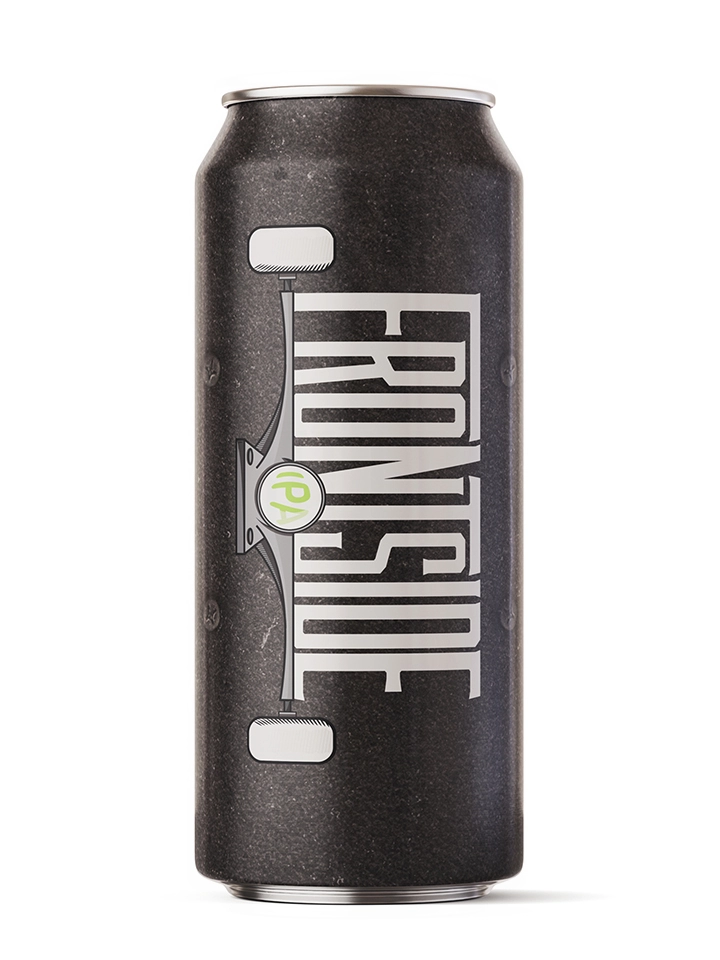
FRONTSIDE IPA
West Coast Style IPA 7.5% ABV – 16oz 4pack

Cirrus Haze
New England Style IPA 7.2% ABV – 16oz 4pack *contains lactose*